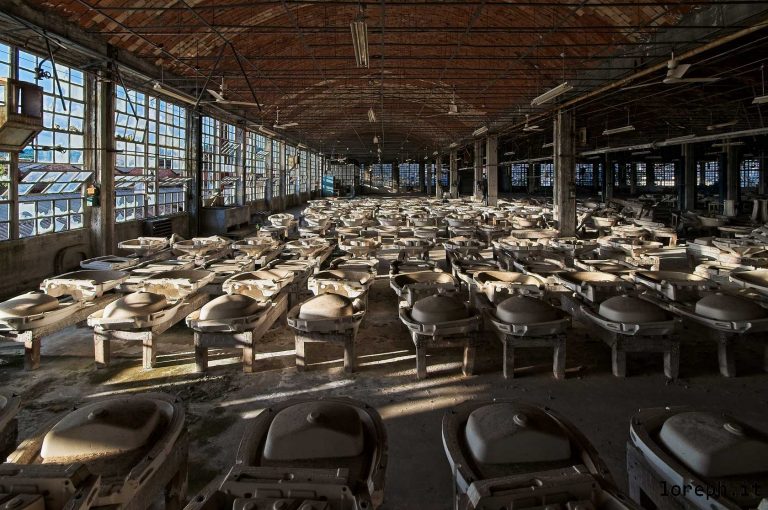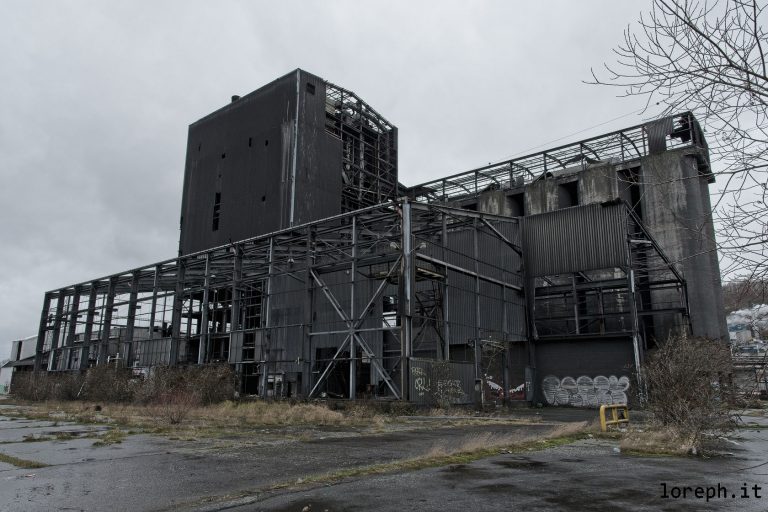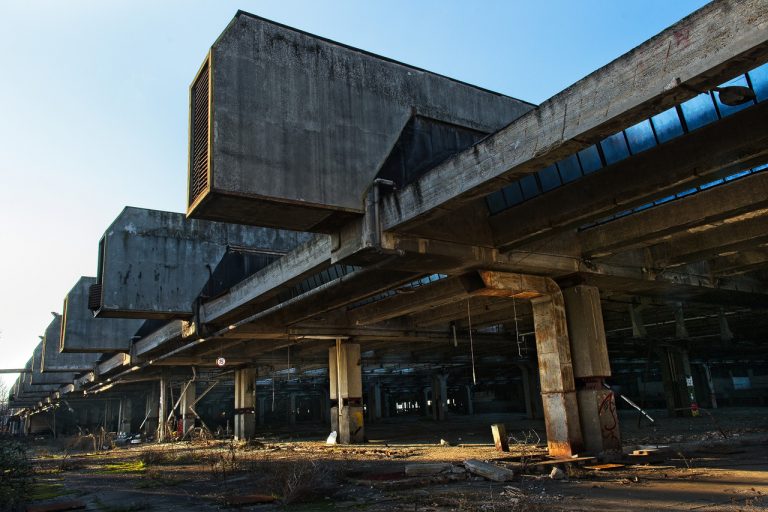LINIFICIO CANAPINIFICIO [IT]
Exploration #158. The origin of this Linificio dates back to 1840, when Paolo Battaglia opened a small flax mill on the river Adda, inspired by English plants. In 1847 the mill was sold to Ditta Cusani & C , with the introduction of hemp spinning and weaving.
In 1873 the LCN-Linificio Canapificio Nazionale (National Hemp and Linen Mill) was founded by Andrea Ponti, with the aim of unifying all the existing mills into a strong and well-organised company. LCN’s first mills were Cassano d’Adda, Fara Gera d’Adda and Crema. In the following years LCN’s importance grew more and more, reaching the top in 1920 when it also landed in Buenos Aires.
In the same year, a new LCN hydroelectric power station was inaugurated in Cassano, on an artificial canal dug side-by-side to the river Adda, which still exists today. A further development occurred after 1936, when the Ethiopian war broke out and following the economic sanctions imposed on Italy by the League of Nations, imports of raw materials such as linen were halted. In other words, the autarchy regime had forced the LCN to improve domestic linen and hemp production. Finishing operations were aimed at transforming the industrial product into a ready-to-use product. In the 1930s and during the Second World War it was almost impossible to acquire new machinery from abroad, which is why LCN’s Italian engineers began to design their own machines.
The post-war period was difficult, especially as LCN found itself without international relations. After an initial reconstruction and reorganisation, there followed periods of calm and an increase in production and exports. LCN began to face the challenge of new synthetic fabrics. In the meantime, some of the less productive mills were closed. In 1972 LCN was reorganised geographically into North and South divisions: Cassano ruled the ropes sector, thanks to its large rope factory. In 1986 LCN, in deep crisis, was acquired by the Marzotto Group, which sought to improve its international presence by opening factories in Eastern Europe and North Africa.
At the end of the 1990s all LCN factories were closed: Cassano in 1994.






























